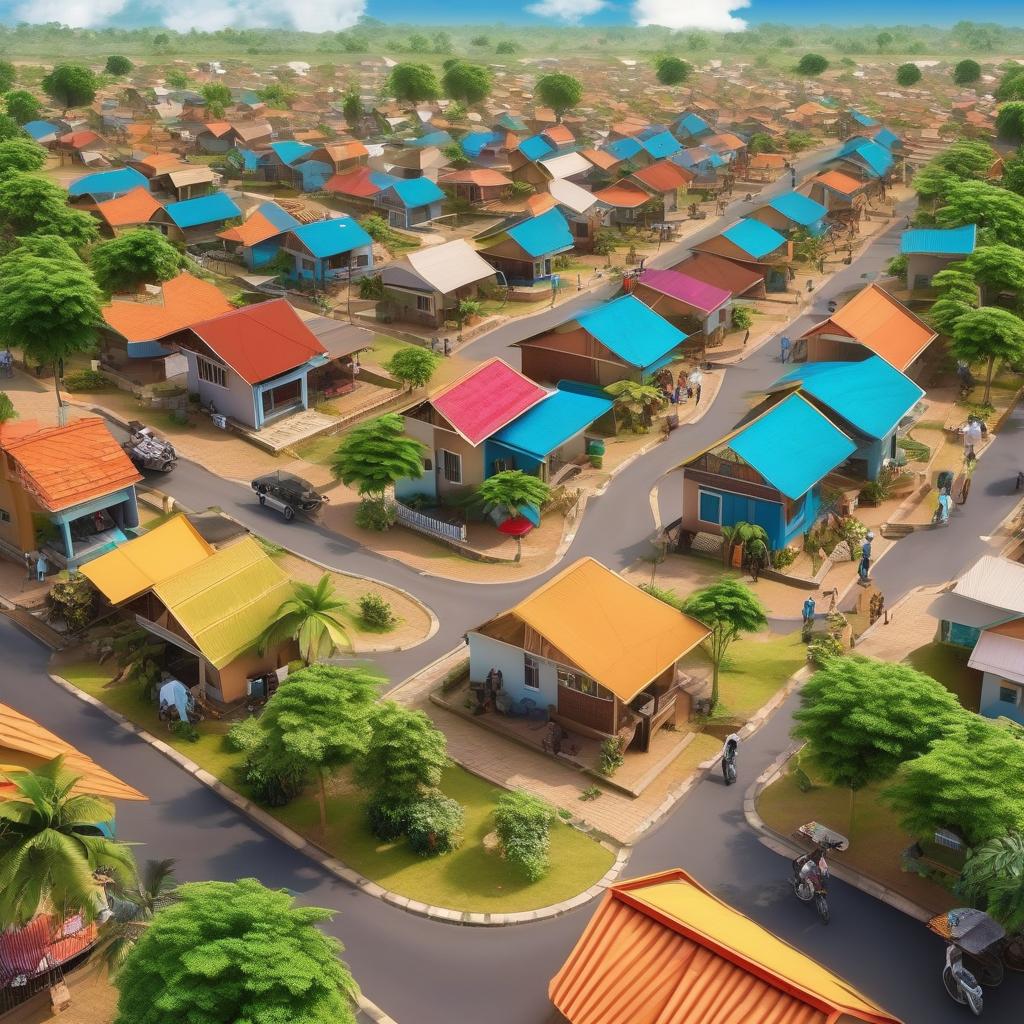Introduction
Discover practical strategies to reduce construction costs by utilizing local materials. This comprehensive guide explores benefits, sourcing methods, and tips for sustainable, cost-effective building projects. The global construction industry faces a dual challenge: rising material costs and environmental degradation. In developing regions like Sub-Saharan Africa, where housing deficits exceed millions, the need for affordable building solutions is urgent.

By leveraging local materials, construction costs can drop by 30% or more while promoting sustainability (UN-Habitat, 2022). This guide explores actionable strategies to achieve these savings, supported by case studies, expert insights, and practical tips.
Why Local Materials?
Local materials—those sourced within a 100-kilometre radius—offer three key advantages:
- Cost Efficiency: Eliminate import taxes, transportation, and middleman markups.
- Sustainability: Reduce carbon footprints by minimising long-haul logistics.
- Cultural Relevance: Preserve traditional architectural styles and skills.
A 2023 World Bank study found that using local resources can lower construction expenses by 25–40% in countries like Ghana, Kenya, and India. Let’s dive into seven strategies to unlock these savings.
1. Compressed Earth Blocks (CEBs): The Modern Mud Revolution
What They Are: CEBs are soil-based bricks compressed with stabilisers like lime or cement.
Cost Savings: 40–50% cheaper than fired bricks (Engineering for Change, 2021).
How to Implement:
- Material Sourcing: Use on-site soil or nearby clay-rich deposits.
- Production: Manual or hydraulic presses create uniform blocks.
- Stabilisation: Add 5–10% cement to enhance durability.
Case Study: In Nigeria, EarthCycle Architecture built 200 homes using CEBs, cutting costs by 35% compared to conventional methods.
Tip: Partner with NGOs like Good Earth Malawi for training and equipment.
2. Bamboo: The Green Steel
Why Bamboo?
- Grows up to 1.5 meters daily, making it highly renewable.
- Tensile strength rivals steel at 1/10th the cost (INBAR, 2020).
Applications:
- Structural Frames: Treated bamboo poles for roofs and walls.
- Flooring and Cladding: Split bamboo for aesthetic finishes.
Preservation: Soak bamboo in borax solution to prevent pest damage.
Case Study: Green School Bali constructed a campus entirely from bamboo, saving 50% on structural costs.
3. Local Stone Masonry: Timeless and Tough
Benefits:
- Zero Processing Costs: Quarry stones require minimal machining.
- Thermal Mass: Naturally regulates indoor temperatures.
Techniques:
- Dry Stacking: Interlocking stones without mortar (common in Kenya’s Pokot region).
- Mortared Walls: Use local clay or lime-based binders.
Cost Comparison: Stone walls cost 20–30% less than concrete blocks in Rwanda (African Housing Forum, 2023).
4. Thatch and Natural Fibres: Roofing on a Budget
Materials:
- Thatch Grass: Abundant in savannah regions; lasts 10–15 years if maintained.
- Palm Fronds: Ideal for tropical climates.
Savings: Thatch roofs cost 60% less than corrugated iron (Uganda Ministry of Housing, 2021).
Pro Tip: Layer thatch over bamboo frames for improved insulation.
5. Recycled and Repurposed Materials
Innovative Examples:
- Plastic Bottle Bricks: Stuffed with sand or dirt, these serve as cheap wall fillers.
- Tire Foundations: Used in earthquake-prone areas for shock absorption.
Case Study: Eco-Tec Kenya built a school using 30,000 plastic bottles, reducing costs by 25%.
6. Mud and Lime Plasters: Ditch Cement
Why Switch?
- Cement production emits 8% of global CO2 (Chatham House, 2022).
- Lime plasters are breathable, preventing mould.
Mix Formula:
- Clay: 50%
- Sand: 30%
- Lime: 20%
Cost: 60% cheaper than cement plaster in Senegal (Baobab Construction, 2023).
7. Community Sourcing and Labour
Strategies:
- Barter Systems: Exchange materials for labour in rural communities.
- Local Artisans: Hire masons and carpenters familiar with regional techniques.
Example: A Ghanaian cooperative built 50 homes using communal labour, slashing costs by 30%.
Case Studies: Real-World Success
- Rwanda’s Umuganda Housing Project: Used volcanic stone and thatch to cut costs by 32%.
- India’s Auroville Earth Institute: Trained 10,000 builders in CEB techniques, reducing expenses by 40%.
Overcoming Challenges
- Durability Concerns: Treat materials with natural resins or stabilisers.
- Building Codes: Advocate for updated regulations accepting local materials.
- Perception: Educate communities through pilot projects.
Frequently Asked Questions (FAQs)
Q1: Are local materials as strong as concrete?
A: Yes! Stabilised earth blocks and stone masonry meet ISO standards for compressive strength.
Q2: How do I find local material suppliers?
A: Contact agricultural cooperatives, quarries, or NGOs like Habitat for Humanity.
Q3: Can these methods work in urban areas?
A: Absolutely. Hybrid designs combine local materials with modern techniques for high-rises.
Q4: What maintenance is required?
A: Thatch roofs need re-layering every decade; mud walls require occasional sealing.
Q5: How much can I realistically save?
A: Most projects report 25–35% savings, depending on material availability.
Conclusion
Reducing construction costs by 30% isn’t a pipe dream—it’s a achievable reality with local materials. By embracing earth, bamboo, stone, and community collaboration, we can build affordable, sustainable, and culturally resonant structures. Start small, experiment, and join the global movement toward equitable housing.


